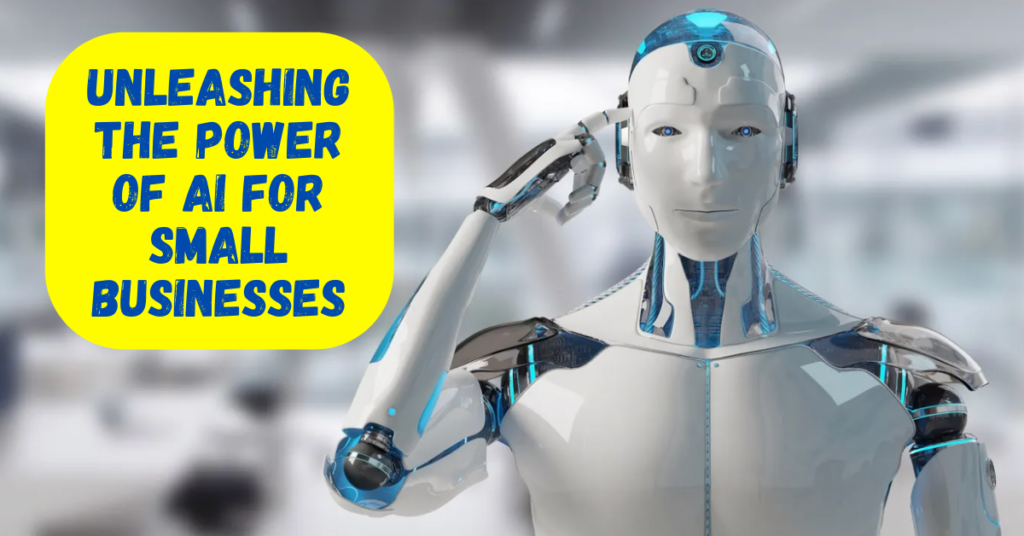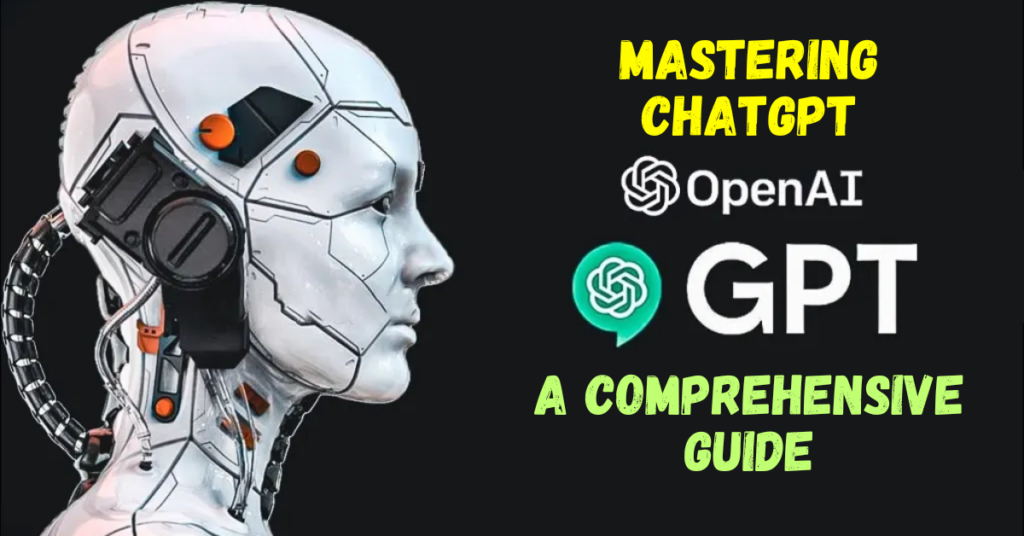Welcome to the fascinating world of Generative AI (GAI)! This introductory course equips you with the fundamental knowledge to understand how GAI works, its various applications, and its impact on numerous industries.

Demystifying Artificial Intelligence: The Foundation of Generative AI
Before diving into GAI, let’s establish a strong foundation in Artificial Intelligence (AI). AI encompasses a branch of computer science dedicated to creating intelligent agents, systems capable of learning, reasoning, and acting autonomously. Essentially, AI revolves around building machines that mimic human thought processes and actions.

A subfield of AI is machine learning (ML). ML empowers computers to learn from data without explicit programming. There are two primary categories of ML models: supervised and unsupervised.
- Supervised learning involves labeled data, where each data point has a corresponding tag or classification. Imagine you own a restaurant and possess historical data on bill amounts and customer tips based on order types (pickup or delivery). Supervised models analyze past examples to predict future values, like potential tip amounts based on order details.
- Unsupervised learning delves into unlabeled data, which lacks predefined categories. Here, the objective is to discover patterns within the raw data. For instance, you might analyze employee tenure and income to identify fast-track candidates.
Deep Learning: The Engine Powering Generative AI
Deep learning, a subset of ML, utilizes artificial neural networks, mimicking the human brain’s structure. These networks consist of interconnected nodes (neurons) that process information and make predictions through training on vast amounts of data. Deep learning models often have multiple layers of neurons, enabling them to learn intricate patterns compared to traditional ML models. Additionally, neural networks can leverage both labeled and unlabeled data, known as semi-supervised learning.

Generative AI: A Powerful Tool for Content Creation
Generative AI, a subset of deep learning, harnesses the capabilities of artificial neural networks to process various data types (labeled, unlabeled) using supervised, unsupervised, and semi-supervised methods. Large language models (LLMs) are another form of deep learning that excel in generating human-quality text.
Generative vs. Discriminative Models: Understanding the Distinction
- Generative models specialize in creating new data instances based on the underlying probability distribution learned from existing data. They essentially generate entirely new content.
- Discriminative models classify or predict labels for data points. They are trained on labeled datasets and establish relationships between data features and their corresponding labels.
See More: Anthropic Claude 3: A Deep Dive into Latest AI Powerhouse
The Generative AI Workflow: From Training to Content Creation
- Traditional Machine Learning: Involves training data and labels to build a model for predictions or classifications.
- Generative AI: Employs training data, labeled data, and unlabeled data of various types to establish a foundation model. This foundation model then generates new content, including text formats, code, images, audio, video, and more.
Unlocking Creativity with Generative AI Applications
The potential applications of generative AI are vast and continuously evolving. Here are some prominent examples:
- Text Generation: LLMs can generate realistic and creative text formats, including poems, code, scripts, musical pieces, emails, letters, and more.
- Image Generation: GAI models can produce high-quality images from textual descriptions. This application is valuable for tasks like product design, concept art, and creating visuals for marketing materials.
- Code Generation: GAI can assist programmers by generating code snippets, translating code from one language to another, debugging code, and crafting documentation.
- Drug Discovery: GAI can accelerate drug discovery by simulating molecules and predicting their potential effectiveness in treating various diseases.
- Material Science: Generative models can aid in designing new materials with specific properties, optimizing material creation processes.
- Personalized Learning: GAI can personalize educational experiences by tailoring learning materials and exercises to individual student needs.
- Customer Service: Chatbots powered by GAI can provide 24/7 customer support, answer questions, and resolve issues efficiently.

Beyond the Basics: Exploring Generative AI Tools and Platforms
- Google Cloud Generative AI Platform: This platform offers a collection of pre-trained models, tools for fine-tuning models, deployment functionalities, and a developer community forum.
- Generative AI App Builder: This user-friendly tool allows you to create GAI applications without coding knowledge using a drag-and-drop interface and a visual editor.
- PaLM API: This API empowers developers to experiment with Google’s large language models and various GAI tools. It integrates with Google’s Maker Suite, providing a graphical interface for accessing the API.
The Future of Generative AI: A Landscape of Possibilities and Considerations
Generative AI (GAI) is a rapidly evolving field brimming with potential to revolutionize numerous industries and aspects of our lives. As we explore the future of GAI, let’s delve into some exciting possibilities and crucial considerations for responsible development and implementation.
See More: Mastering ChatGPT in 2024: A Comprehensive Guide
Exciting Possibilities on the Horizon
- Enhanced Creative Workflows: GAI can empower artists, designers, and content creators by automating repetitive tasks, generating creative ideas, and facilitating collaboration. Imagine an AI tool that sketches initial design concepts based on your textual descriptions or a music composer that uses GAI to create unique soundtracks tailored to your project’s mood.
- Personalized Experiences: GAI can personalize user experiences across various domains. Educational materials can adapt to individual learning styles, and e-commerce platforms can recommend products based on a customer’s past preferences and behavior analyzed by GAI models.

- Scientific Breakthroughs: The ability of GAI to analyze vast amounts of data and identify patterns can accelerate scientific discovery. GAI-powered simulations and analysis can contribute to advancements in fields like materials science, drug discovery, and climate change research.
- Democratization of Knowledge and Content Creation: GAI tools with user-friendly interfaces can empower individuals without extensive technical expertise to generate content, translate languages, and access information more efficiently.
See More: Unleashing the Power of AI for Small Businesses: A Paradigm Shift
Considerations for Responsible Development and Use of Generative AI
- Bias and Fairness: GAI models are only as good as the data they are trained on. If training data contains biases, the generated content can perpetuate those biases. Mitigating bias in GAI development requires diverse datasets and careful selection of training data.
- Explainability and Transparency: Understanding how GAI models arrive at specific outputs is crucial. Explainable AI (XAI) techniques can help us comprehend the reasoning behind GAI decisions, fostering trust and enabling responsible use.
- Ownership and Copyright: As GAI generates increasingly sophisticated creative content, questions arise regarding ownership and copyright. Clear legal frameworks are necessary to ensure proper credit for human creators involved in the GAI process and to address potential copyright infringement issues.
- Job Displacement: Automation through GAI has the potential to displace jobs in some sectors. However, GAI can also create new job opportunities, particularly in fields focused on developing, maintaining, and overseeing GAI systems.
- Regulation and Policy Development: As GAI applications become more widespread, regulations and policies will be needed to address ethical concerns, safety considerations, and potential misuse of the technology.

Conclusion: A Collaborative Future with Generative AI
The future of Generative AI is a collaborative one, where humans and AI work together to leverage the technology’s potential for positive impact. By prioritizing responsible development, fostering open discussions about ethical considerations, and continuously refining GAI models, we can unlock a future where GAI empowers creativity, personalizes experiences, and accelerates progress across various fields.
Thanks for Visiting Us In Focus!
For DMCA complaints, please visit our DMCA Form / Report Content
Follow us on other platforms as follows:
Facebook – https://www.facebook.com/usinfocus
X (formerly Twitter) – https://twitter.com/usinfocusdotcom


